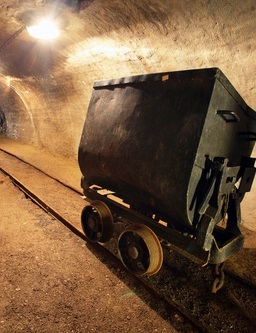Law centre to gauge QLD gas concerns and invoke innovations
 A new centre for mining law research will focus on fair negotiations between land-owners and CSG companies.
A new centre for mining law research will focus on fair negotiations between land-owners and CSG companies.
The rights surrounding subterranean resources for the people who live on top of them is a major issue, causing plenty of friction as the coal seam gas industry expands throughout Queensland.
The University of Queensland has officially opened its Centre for International Minerals and Energy Law (CIMEL), established to protect the rights of individuals and communities, while allowing industry innovation and sustainability as well.
The centre will focus its attention on the issue that has caused major contention between residents, politicians, the legal community and resource companies – according to CIMEL Director Dr Tina Hunter.
“We are the first centre to really be getting our teeth into the legal issues around coal seam gas extraction, such as the conduct and compensation agreements between industry and landowners,” Dr Hunter said.
“Until now, there has been a significant lack of research or research centres pertaining to such issues, particularly in Queensland, for example looking into what happens after landowners sign on the dotted line for coal seam gas extraction on their land.”
The centre will aim to create an effective public resource, available online, to publish its studies into the various issues.
“By drawing on UQ's significant interdisciplinary expertise, CIMEL can work closely with mining and energy lawyers to adopt a holistic approach to researching and solving some of the challenges posed by, and facing, these globally important industries,” Dr Hunter said.
“An examination of the way landowner compensation agreements are negotiated is one example where our research seeks to arrive at a process which is fair and equitable for all parties involved, or can be used to inform legislative reform in these matters.”
CIMEL is also designed to assess the relationship between regulation and innovation within the coal seam gas industry.
“Regulatory burden can contribute to a decline in the discovery of new resources and adds cost and complexity to resources extraction and operations,” Hunter said.
“Our aim is to identify an optimum framework for regulation which provides effective protection for individuals and communities, but also improves innovation and industry sustainability.”








 Print
Print